Table of Contents
Want to master Google Ads in 2025? If so, whether it be understanding Facebook Ads mistakes or learning Google Ads mistakes of 2025, both are essential. Google Ads remains one of the most powerful tools for helping brands achieve impressive conversions. However, as effective as it is, leveraging Google Ads successfully demands a deep understanding of its nuances.
Even if you have learned the basics of Google Ads, overlooking key Google Ads campaign mistakes can lead to:
- Wasted budgets,
- Missed opportunities, and
- Costly errors in the long run
To help you avoid Google Ads pitfalls and maximize your ROI and career, Skilcamp is here to guide you. In this blog, we will explore everything from Google Ads A/B testing mistakes, Google Ads audience targeting mistakes, and Google Ads bid adjustments mistakes to Google Ads quality score mistakes. Stay with us as we equip you with the insights to elevate your career, brand, or business in 2025.
7 Google Ads Mistakes of 2025 To Avoid:
1. Poor Keyword Selection
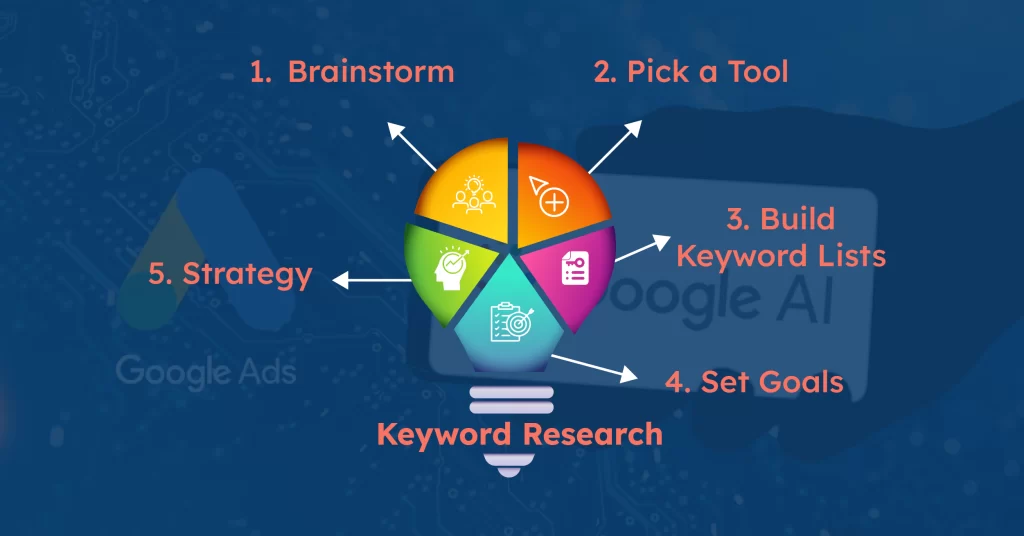
The first on the list of common Google Ads mistakes in 2025 to avoid is poor keyword selection. Choosing the wrong Google Ads keywords can drain your budget without delivering results. Your keywords directly impact your Google Ads targeting, so selecting the right ones is critical for reaching the right audience and driving conversions.
How to choose the best keywords for Google Ads 2025?
- Firstly, identify the words your target audience will likely use when searching for your product or service.
- Secondly, find high-traffic, low-competition keywords relevant to your niche.
- Thirdly, choose keywords that align with your campaign goals, whether it’s awareness, consideration, or conversion.
- After that, use specific phrases to target a more focused audience and reduce competition.
- Now, filter out keywords that don’t align with your product or audience using negative keywords.
- Finally, analyze keyword performance and adjust based on results.
The first on the list of common Google Ads mistakes in 2025 to avoid is poor keyword selection. Choosing the wrong Google Ads keywords can drain your budget without delivering results. Your keywords directly impact your Google Ads targeting, so selecting the right ones is critical for reaching the right audience and driving conversions.
How to choose the best keywords for Google Ads 2025?
- Firstly, identify the words your target audience will likely use when searching for your product or service.
- Secondly, find high-traffic, low-competition keywords relevant to your niche.
- Thirdly, choose keywords that align with your campaign goals, whether it’s awareness, consideration, or conversion.
- After that, use specific phrases to target a more focused audience and reduce competition.
- Now, filter out keywords that don’t align with your product or audience using negative keywords.
- Finally, analyze keyword performance and adjust based on results.
2.Ignoring Quality Score
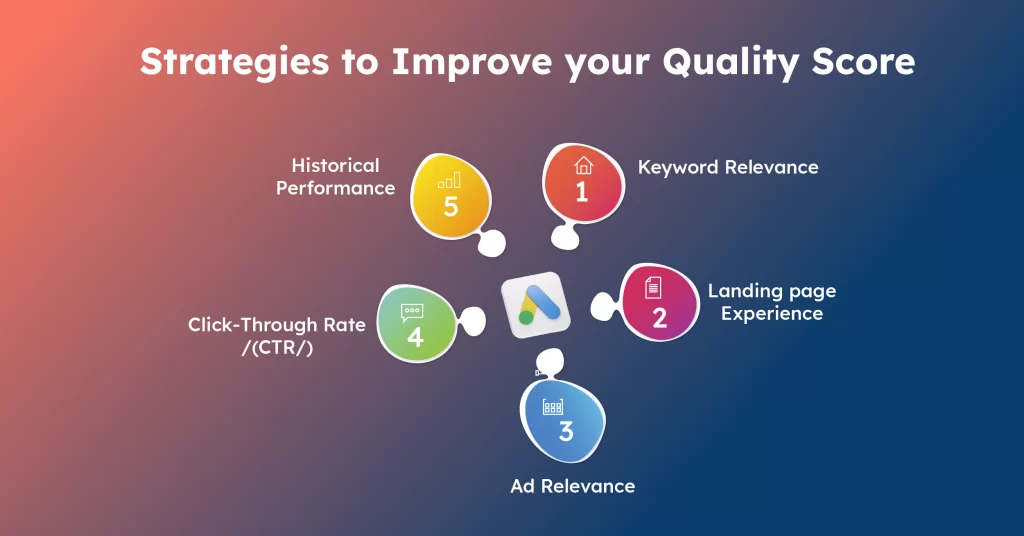
The second on the list of Google Ads remarketing mistakes to avoid is ignoring Quality Score. Overlooking your Google Ads Quality Score can lead to higher costs and lower ad rankings, making your campaigns less effective. Considering Quality Score optimization is a critical factor in determining your ad’s relevance, performance, and cost-efficiency.
How to Improve Google Ads Quality Score?
- Firstly, ensure your Google Ads keywords align with the content of your ads and landing pages.
- Secondly, write compelling and clear ads that address the needs of your target audience.
- Thirdly, make sure your landing pages are relevant, user-friendly, and load quickly.
- Fourthly, use strong call-to-actions and highlight unique value propositions to boost CTR.
- After that, keep your ad groups tightly themed to improve relevance and performance.
- Finally, regularly review Quality Score metrics and adjust your campaign strategies as needed.
3. Not Using Negative Keywords
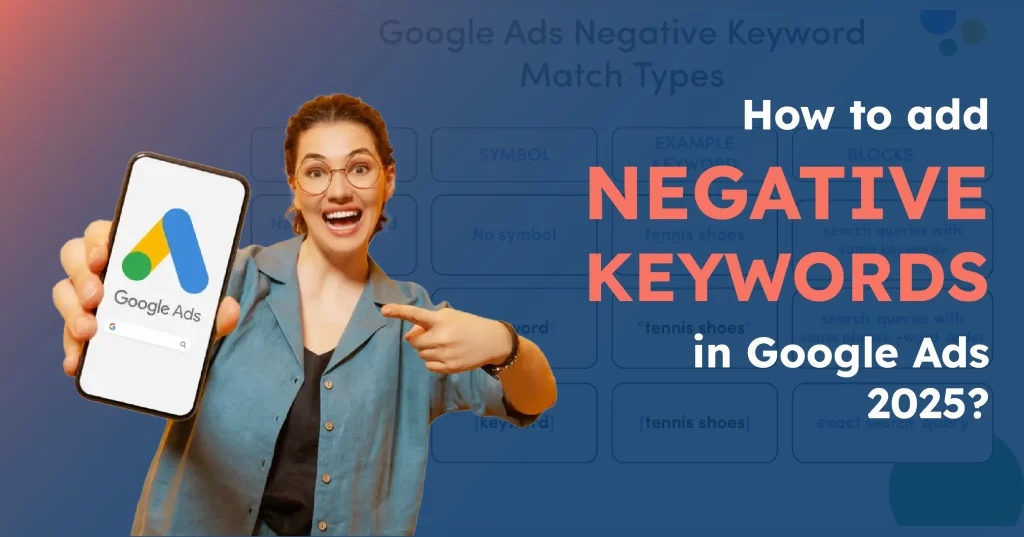
The next on the list of Google Ads strategy mistakes to avoid in 2025 is ignoring negative keywords. Skipping Google Ads negative keywords can lead to irrelevant clicks, wasted budget, and low-quality traffic. Negative keywords help refine your targeting by preventing your ads from showing up for searches that are unrelated to your business.
How to add negative keywords in Google Ads 2025?
- Firstly, analyze search terms that triggered your ads but didn’t lead to conversions.
- Secondly, compile a list of terms you want to exclude from your campaigns.
- Now, go to your Google Ads account, navigate to the ‘Keywords’ tab, and select ‘Negative Keywords’.
- After that, choose whether to apply your Google Ads negative keywords at the ad group level or campaign level for better control.
- Finally, continuously monitor search term reports and update your negative keyword list to avoid unnecessary clicks.
4. Overlooking Mobile Optimization
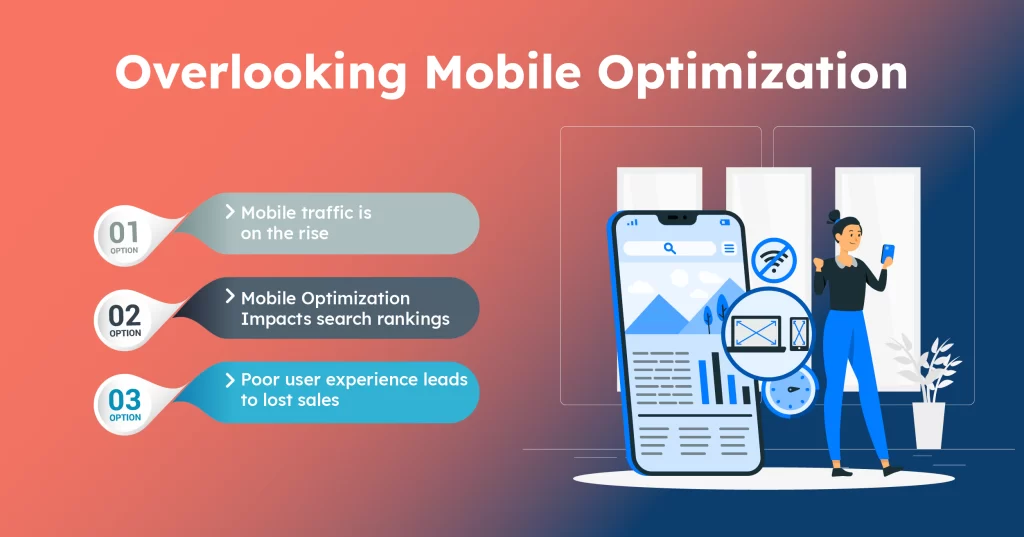
The fourth on the list of common mistakes to avoid while running Google Ads in 2025 is to stop overlooking mobile optimization. With the majority of users browsing on mobile devices, neglecting mobile optimization can result in missed opportunities, poor user experience, and reduced conversions. Mobile-friendly campaigns are essential to maximize your Google Ads performance.
How to optimize Google Ads for mobile?
- Firstly, choose ad formats that adapt seamlessly to different screen sizes for a better user experience.
- Secondly, ensure your landing pages load quickly, are easy to navigate, and display correctly on mobile devices.
- Thirdly, add call extensions to make it easy for users to contact your business directly from their mobile devices.
- After that, use bid adjustments to prioritize mobile traffic if it performs better for your campaign goals.
- Now, keep ad copy concise and action-driven to capture attention on smaller screens.
- Finally, regularly analyze mobile-specific metrics like click-through rate or CTR and conversion rate to identify areas for improvement.
5. Improper Budget Allocation
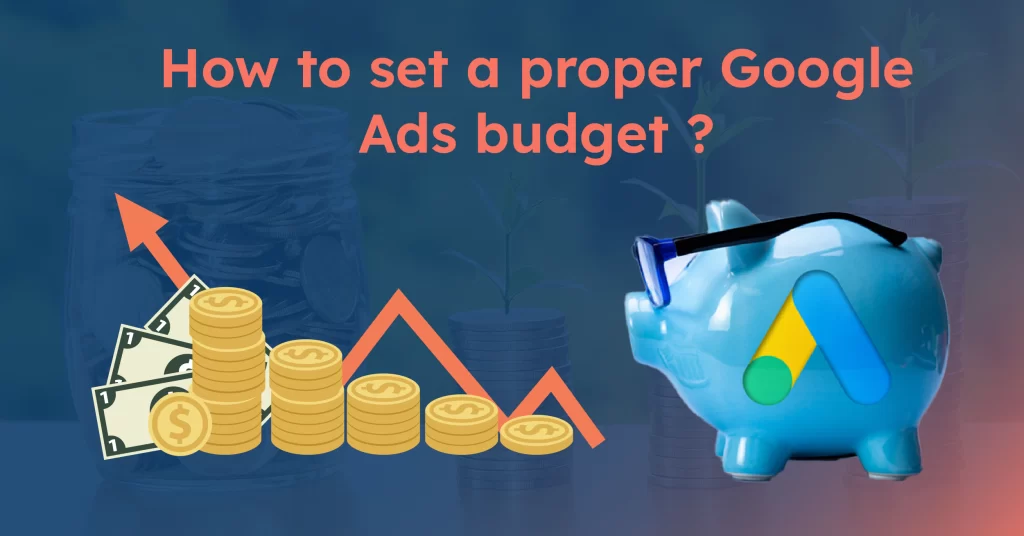
The fifth Google Ads mistake of 2025 to avoid is to stop allocating improper budgets. Allocating your Google Ads budget incorrectly can result in overspending on low-performing campaigns or underspending on high-potential ones, ultimately impacting your campaign’s success. Hence, a well-planned Google Ads budget allocation is crucial for maximizing ROI and achieving your advertising goals.
How to set a proper Google Ads budget?
- Firstly, decide if your focus is on brand awareness, lead generation, or sales, and set your budget accordingly.
- Secondly, use past campaign performance to identify which campaigns, ad groups, or keywords deliver the best results.
- Thirdly, allocate a larger portion of your Google Ads budget to campaigns or keywords with high conversion rates.
- After that, begin with a conservative budget and scale up based on campaign performance and ROI.
- Now, keep an eye on daily budgets to avoid overspending or hitting limits too quickly.
- Finally, divide your Google Ads budget across multiple campaigns or audience segments to test and optimize performance.
6. Failing to Track Conversions Correctly
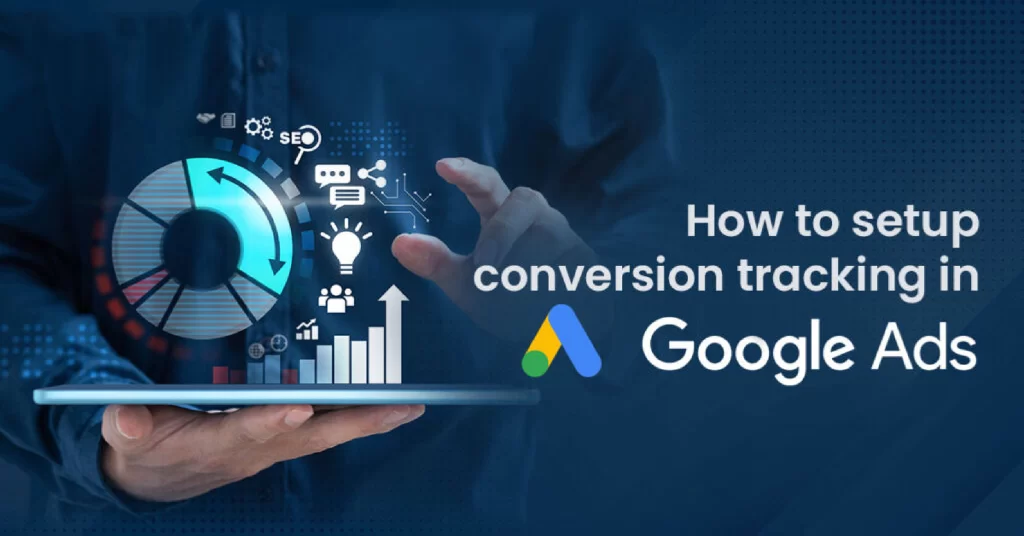
The sixth Google Ads mistake of 2025 to avoid is failing to track conversions correctly. Without proper conversion tracking, you won’t know which campaigns, keywords, or ad groups are delivering results, making it impossible to optimize your strategy effectively. Hence, Google Ads conversion tracking is essential to measure success and make data-driven decisions.
How to set up conversion tracking in Google Ads 2025?
- Firstly, identify key actions you want to track, such as purchases, sign-ups, or form submissions.
- Next, in your Google Ads account, navigate to ‘Tools & Settings’ and select ‘Conversions’ under the ‘Measurement’ tab.
- Now, click the ‘+’ button to create a new conversion and select the type of action you want to track, for example, website, app, or phone calls.
- After that, follow the instructions to generate a conversion tracking tag and add it to the relevant pages on your website like the ‘Thank You’ page after a purchase.
- Fifthly, connect Google Ads with Google Analytics for more detailed conversion tracking insights.
- In the sixth step, use the Google Tag Assistant or Conversion Tracking Tool to ensure your tracking is set up correctly.
- Finally, regularly review your conversion data to refine your campaigns and improve performance.
7. Ignoring Ad Testing
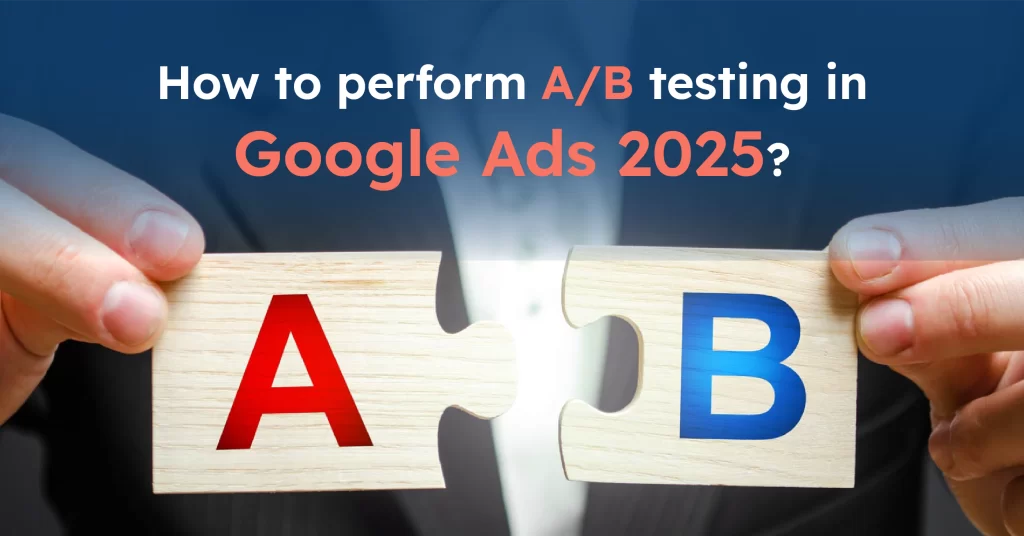
The seventh Google Ads mistake of 2025 is ignoring Ad testing. Not performing Google Ads testing can prevent you from understanding what works best in your campaigns, leading to missed opportunities for optimization. A/B testing allows you to experiment with different variations of your ads to identify the most effective combinations, improving performance and maximizing ROI.
How to perform A/B testing in Google Ads 2025?
- In the first step, decide whether you want to test ad copy, headlines calls to action, images, or even audience targeting.
- In the second step, build at least two different versions of your ad to compare their performance.
- Next, in your campaign settings, select ‘Ad Variations’ or create separate ad groups for the test variations.
- Fourthly, ensure your traffic is evenly split between the test versions to get accurate results.
- In the fifth step, use metrics like click-through rate (CTR), conversion rate, and cost-per-conversion to evaluate which ad performs best.
- Lastly, based on the results, implement the best-performing elements in your future ads and continue testing to improve your campaigns further.
Final Words
In 2025, mastering Google Ads means understanding the common pitfalls that can derail your campaigns. From Google Ads A/B testing mistakes, Google Ads audience targeting mistakes, Google Ads bid adjustments mistakes to Google Ads quality score mistakes, each of these mistakes can lead to wasted budgets and missed opportunities.
However, with the right strategies in place like proper quality score optimization, effective budget allocation, and conversion tracking, you can set your campaigns up for success. Ready to optimize your Google Ads campaigns for maximum performance?
Join Skilcamp’s Mastering Google Ads in 2025 course today. Stay ahead of the competition and unlock the full potential of your advertising campaigns. Sign up now and start optimizing for success!
FAQs
1. Why is Ad testing important for Google Ads in 2025?
Ans. Ad testing is essential for Google Ads in 2025 because it helps optimize ad performance by identifying the most effective messaging and targeting strategies. Through A/B testing, advertisers can experiment with different headlines, call-to-actions, and visuals to improve click-through rates, lower costs, and increase conversions, ensuring campaigns stay competitive.
2. Why is Google Ads not tracking conversions?
Ans. Google Ads may not be tracking conversions due to issues like incorrect or missing tracking tags, delays in data processing, or misconfigured conversion actions. It’s important to double-check your conversion tracking setup, ensure the tags are placed correctly on relevant pages, and verify that your Google Ads account is linked to Google Analytics.
3. What are the best practices for Google Ads keyword targeting?
Ans. The best practices for Google Ads keyword targeting include using relevant and specific keywords, incorporating long-tail keywords to reduce competition, using negative keywords to avoid irrelevant traffic, focusing on search intent, and regularly refining your keyword list based on performance data.
4. What are the best practices for managing Google Ads budget?
Ans. Effective budget management involves setting clear campaign goals, analyzing past performance to allocate more budget to high-performing campaigns, starting with a smaller budget and scaling up, setting daily budget limits to avoid overspending, and regularly reviewing budget allocation to optimize for ROI.
5. What are some mobile optimization tips for Google Ads in 2025?
Ans. Mobile optimization tips for Google Ads in 2025 include using mobile-responsive ad formats, ensuring landing pages are mobile-friendly and load quickly, adding call extensions for easy contact, using bid adjustments for mobile devices, and monitoring mobile performance to adjust campaigns for better engagement.
6. Why is my Google Ads Quality Score low?
Ans. A low Google Ads Quality Score could be due to irrelevant ad copy, poor keyword selection, slow-loading landing pages, or low click-through rates. To improve your Quality Score, ensure your ads and keywords align with your landing page content, improve user experience, and focus on enhancing ad relevance and CTR.
7. What are the benefits of negative keywords in Google Ads campaigns?
Ans. Negative keywords help refine your targeting by preventing ads from showing up for irrelevant or low-quality searches. They improve ad relevance, reduce wasted spend, enhance conversion rates, and ensure your Google Ads campaigns reach the right audience, ultimately improving ROI.



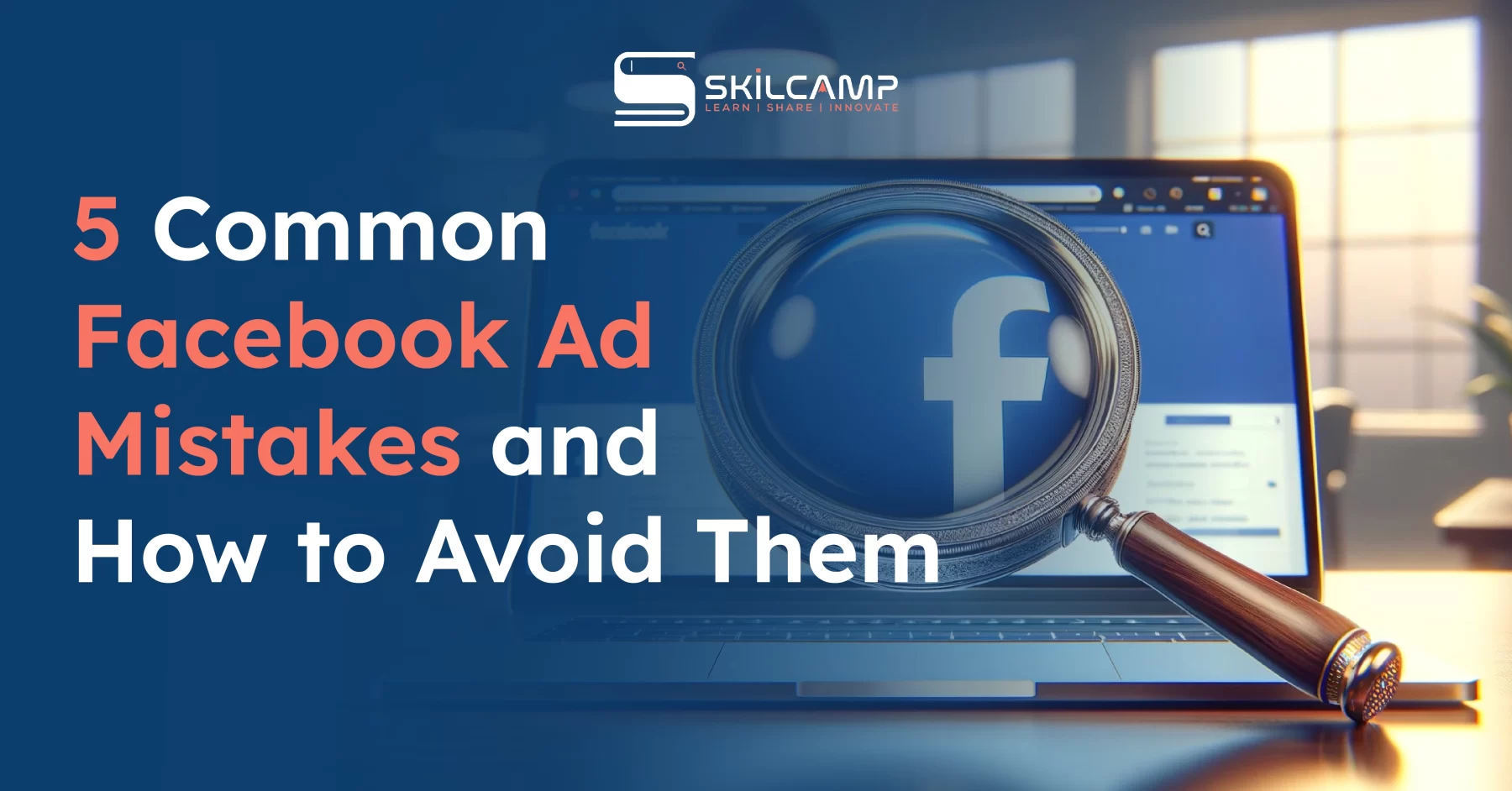
Leave a Reply